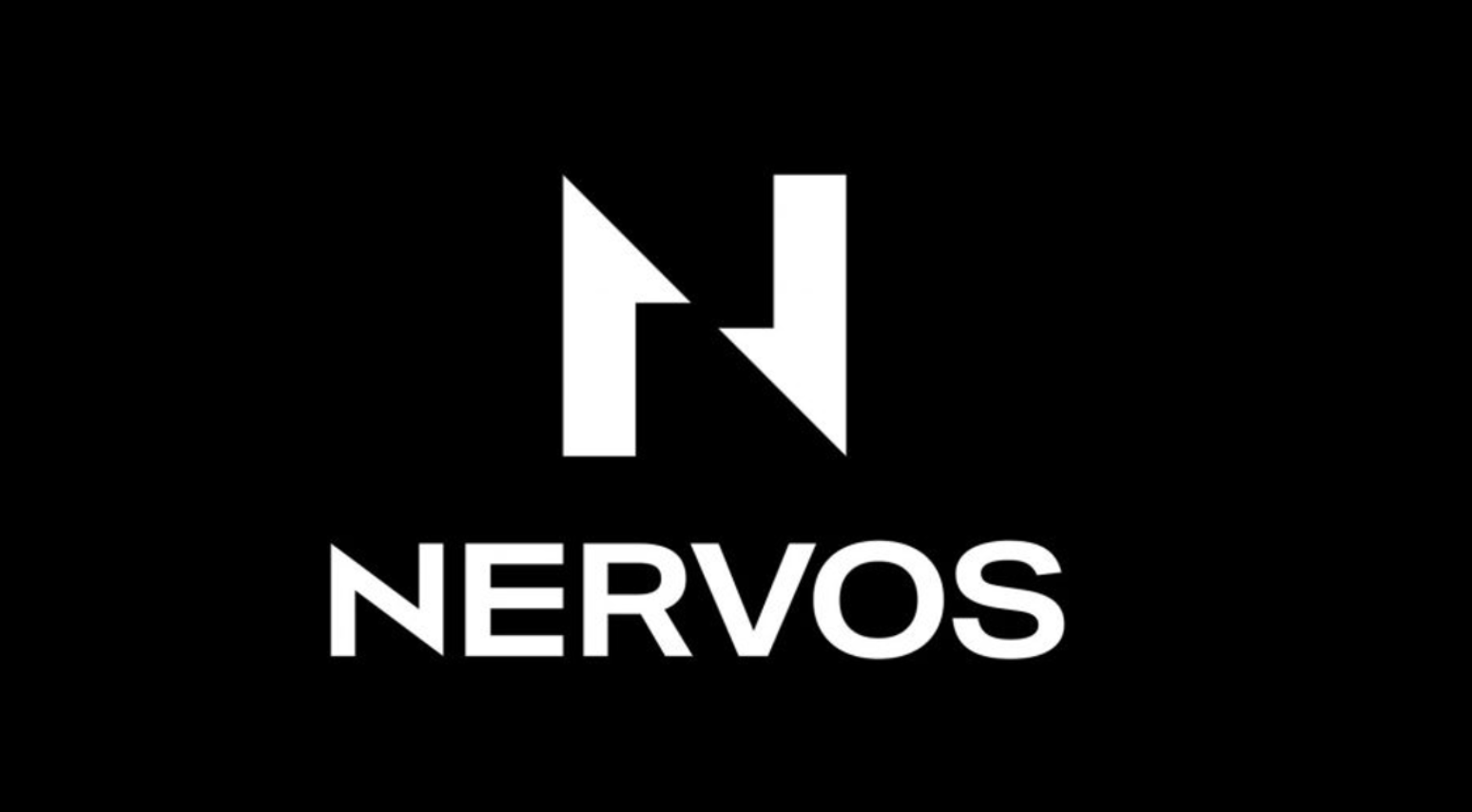
Nervos Network In-Depth
Addressing the Challenges of Major Blockchains
The Nervos Network is an open-source, public blockchain ecosystem designed to address key issues in major blockchains like Bitcoin and Ethereum, such as scalability and interoperability.
https://www.nervos.org/
The central pillar of this ecosystem is the Common Knowledge Base (CKB), a layer 1 proof-of-work (PoW) blockchain. CKB allows for secure, decentralized consensus while maintaining flexibility in supporting various applications and assets.
Core Components of Nervos Network:
https://www.youtube.com/watch?v=7ThcgGpqTZg
– Common Knowledge Base (CKB): This layer 1 blockchain serves as the foundational layer of the Nervos Network, responsible for maintaining the state of the network. Its PoW consensus mechanism ensures security and decentralization, similar to Bitcoin, but it also introduces unique capabilities that cater to more complex applications like decentralized finance (DeFi), decentralized exchanges (DEXs), and more.
– Layered Architecture: Nervos employs a multi-layered design, separating storage from computation. While the CKB layer stores and secures data (assets, state, etc.), other layers can focus on transaction processing, scalability, and privacy. This separation allows for greater flexibility and performance while keeping the foundational layer secure.
The native token of the Nervos Network is CKByte (CKB), which serves multiple critical functions:
– State Storage: CKB tokens are essential for storing data and smart contracts on the CKB blockchain. Users need to hold CKB to allocate space for data storage, similar to how developers rent space in Ethereum’s blockchain.
– Resource Management: The network uses CKB to allocate and manage resources for running decentralized applications (dApps). This ensures that only those who contribute value to the network have access to its resources.
– Incentive Mechanism: Like many blockchain systems, miners and network participants are incentivized with CKB tokens to secure the network and maintain consensus. The token economy is structured in a way that encourages long-term value preservation and growth.
– Value Preservation: As more data and smart contracts are stored on the CKB blockchain, the demand for CKByte increases, potentially leading to value appreciation. This dynamic encourages long-term holding of the token.
One of Nervos Network’s standout features is its focus on interoperability. Nervos is designed to interact with other blockchains seamlessly, allowing assets and information to flow between different chains.
This cross-chain compatibility positions Nervos as a key player in the decentralized web, where blockchains need to work together to create a truly interconnected ecosystem.
While Nervos adopts Bitcoin’s PoW consensus for security, it enhances the model by allowing the network to store all types of digital assets, not just tokens like Bitcoin. This opens up the Nervos ecosystem to various use cases, from tokenization of real-world assets to advanced dApp development.
Nervos provides a suite of developer tools, including SDKs and APIs, to help developers create applications that interact with its blockchain. These tools make it easier for developers to build dApps and protocols that leverage the unique capabilities of Nervos, such as its layered architecture and flexibility in asset management.
The network’s goal is to become a key infrastructure layer for the decentralized economy, catering to a broad range of applications and sectors.
Nervos was co-founded by Jan Xie, Terry Tai, and Daniel Lv, all of whom are experienced blockchain professionals. The team has deep expertise in blockchain technology, cryptography, and decentralized systems, which has allowed them to create a robust and scalable solution to the challenges facing blockchain technology today.
Nervos Network stands out in the blockchain space for its unique approach to scalability, security, and interoperability.
Its multi-layered architecture, combined with a strong focus on state management and asset storage, makes it a powerful tool for developers and users looking to build on or interact with decentralized systems. The CKByte token plays a pivotal role in maintaining the network’s utility and incentivizing growth, while the network’s cross-chain compatibility ensures that it will remain a key player in the evolving Web3 landscape.
